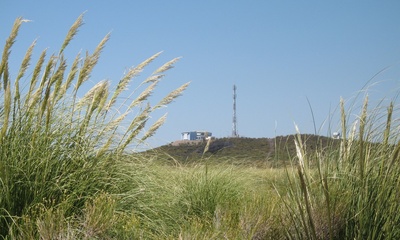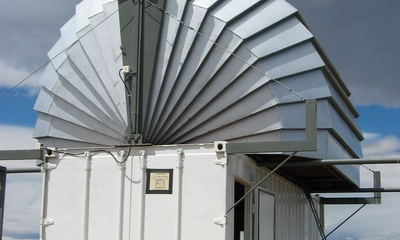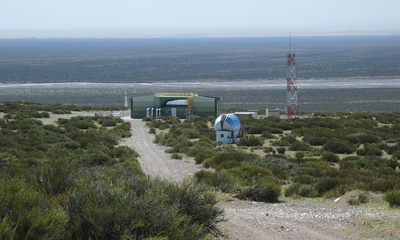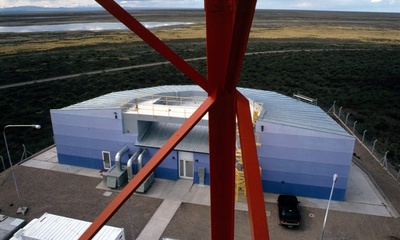Scientists celebrate inauguration of Pierre Auger Observatory
Scientists of the Pierre Auger Observatory, a project to study the highest-energy cosmic rays, will celebrate the inauguration of the southern site of their observatory in Malargüe, Argentina, this Friday, November 14, 2008.
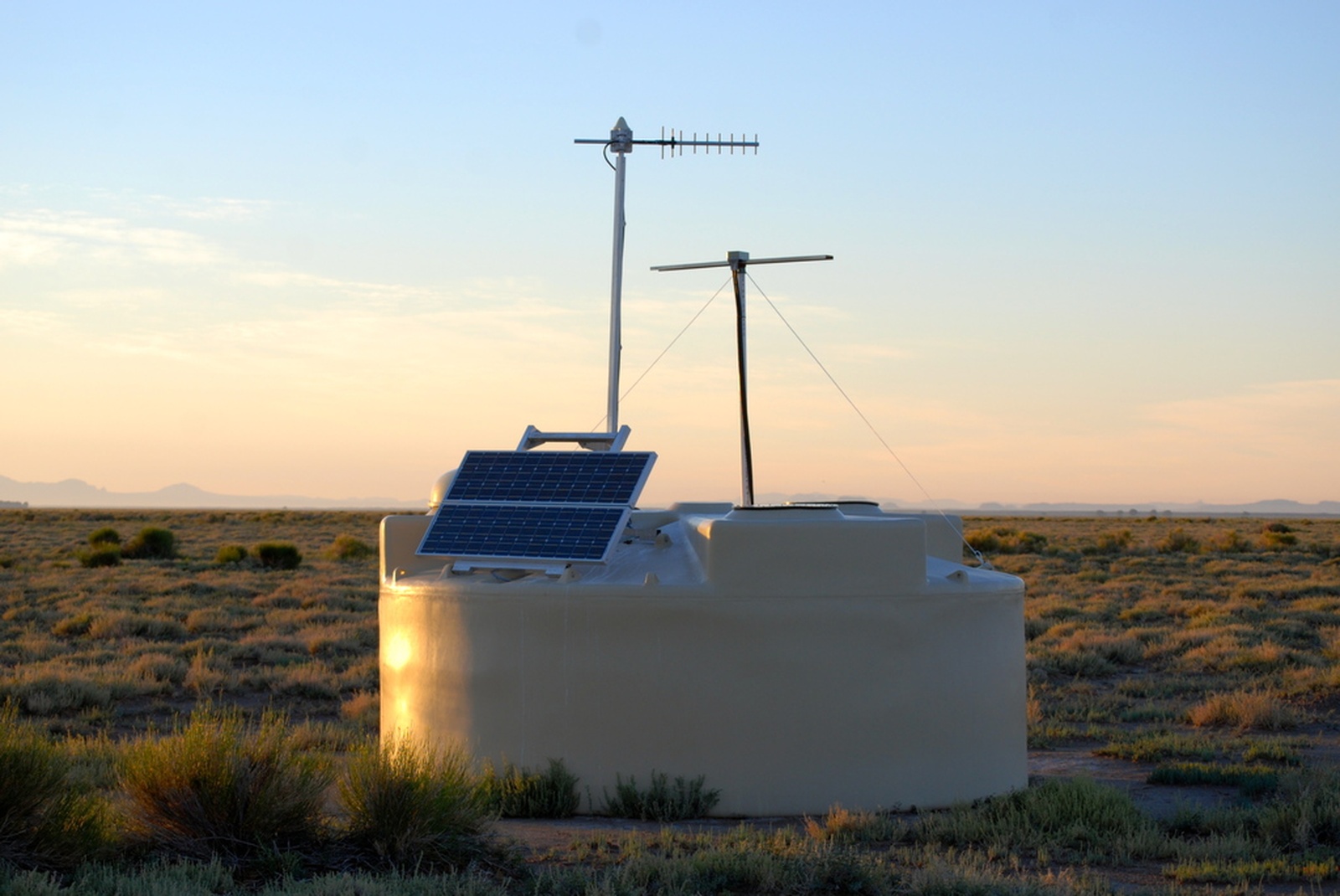
The event will mark the completion of the first phase of the Observatory construction and the beginning of the project’s second phase, which includes plans for a northern hemisphere site in Colorado, USA, and enhancements to the southern hemisphere site.
The Pierre Auger collaboration includes more than 400 scientists and engineers from 70 institutions in 17 countries, which have shared the construction cost of approximately $53 million. More than 40 funding agencies are contributing to the Pierre Auger Observatory. Seven Slovenian collaborators come from the Laboratory for astroparticle physics of the University of Nova Gorica and the Department for experimental particle physics of the Jožef Stefan institute in Ljubljana. These are: prof. Danilo Zavrtanik, prof. Andrej Filipčič, prof. Marko Zavrtanik, prof. Darko Veberič, dr. Alexandre Creusot, dr. Sergey Vorobyev and Mustafa Hussain. Slovenian researchers have made significant contributions to the development and construction of the observatory's lidar systems, development of atmospheric shower simulation software and the analysis of the data collected at the southern observatory site. Slovenian group takes an active part in the P. Auger collaboration since its conceptual phase and its leader, prof. Danilo Zavrtanik is currently serving his second term as the chair of the collaboration board.
The Pierre Auger Observatory is exploring the mysteries of the highest-energy cosmic rays — charged particles showering the Earth at energies 10 million times higher than the world’s highest-energy particle accelerator. Until now, there has been no consensus on the origin of these highest-energy cosmic rays.
To witness these extremely rare events, the Pierre Auger Collaboration began the construction of its Southern Observatory in the year 2000. The project consists of an array of 1600 detectors spread over 3000 square kilometers in Argentina’s Mendoza Province, just east of the Andes Mountains. Surrounding the array is a set of 24 fluorescence telescopes that view the faint ultraviolet light emitted by the cosmic-ray shower particles as they cascade through the atmosphere.
The Pierre Auger collaboration published its first physics results in the fall of 2007, revealing new insights into the properties of the highest-energy particles in the universe. The collaboration found that the arrival directions of the highest-energy cosmic rays are anisotropic. The arrival directions correlate with nearby galaxies that contain actively radiating black holes. Several science organizations selected this remarkable result as one of the most important scientific breakthroughs in 2007.
The collaboration used its growing detector array to measure the cosmic-ray energy spectrum at the highest energies, achieving higher precision than any previous experiment. The Auger scientists found a fall-off of the flux at the highest energies. This is consistent with an idea, proposed about 40 years ago, that cosmic rays interact with photons of the ubiquitous microwave background radiation on their way through the universe. New limits on the photon and neutrino content in cosmic rays have put stringent limits on theories of cosmic-ray origins.
More information about the conference are available on webpage: http://auger.org.
Contact
Andreja Leban
Public Relations
T: +386 5 3315 397
E: andreja.leban@ung.si
